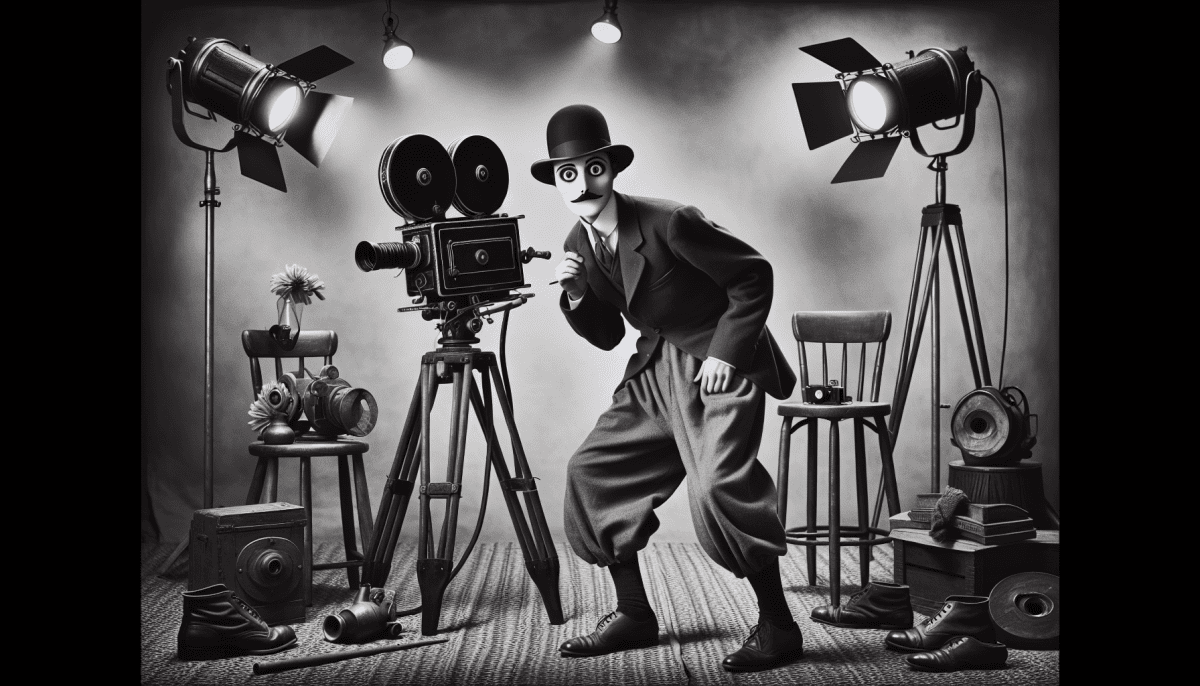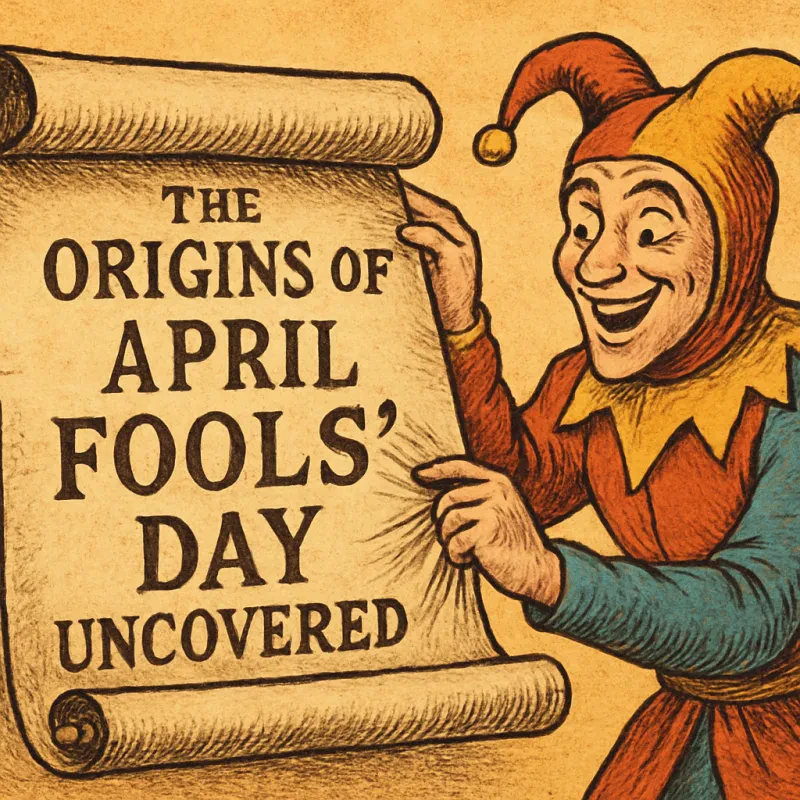Buster Keaton, born Joseph Frank Keaton on October 4, 1895, in Piqua, Kansas, had a unique start to life that would shape his future in the film industry. He was the youngest of two children in a family deeply immersed in entertainment. His parents, Joe and Myra, were vaudeville performers, and they immediately introduced Buster to the limelight. His nickname came from a childhood incident when he fell down a flight of stairs and, without a hint of fear, got right back up – earning him the nickname "Buster."
Growing up on stage, Buster learned the ropes of physical comedy early on. He started performing with his parents at a young age, and it wasn't long before he developed his own style. His knack for silent slapstick made him a standout. He was known for his incredible timing, precise movements, and the ability to deliver laughs without saying a word. This early experience laid the foundation for his later success in silent films.
As a boy, Buster faced a few challenges. His parents’ marriage fell apart when he was just a teenager, leading to some instability in his life. But Buster was resilient. He continued to act and hone his comedic skills. His big break came when he joined a theater group and later worked with famous comedians of the time. By the time he reached his early twenties, he’d become a prominent figure on the vaudeville scene.
Buster's entry into film was almost a natural progression. He transitioned from live performances to the big screen, where his talents truly flourished. His unique ability to blend visual storytelling with humor made him a beloved figure. As he moved into the world of cinema, he brought with him the physicality and charm that had made him successful on stage, setting the stage for a remarkable legacy in film history.
His Iconic Film Career Highlights
Buster Keaton, often referred to as "The Great Stone Face," had a film career that left an unforgettable mark on the world of cinema. His unique style of physical comedy, marked by deadpan expressions and daring stunts, made him a standout figure during the silent film era. From his early days to his later works, Keaton's films are still celebrated for their inventiveness and charm.
One of his most iconic films is "The General" (1926), which many consider one of the greatest silent films ever made. The movie, set during the American Civil War, showcased Keaton’s incredible talent for blending humor with action. Not only did he perform hair-raising stunts, but he also directed the film, demonstrating his remarkable skill both in front of and behind the camera.
Another highlight is "Sherlock Jr." (1924), a clever tale of a film projectionist who dreams of being a detective. The film is packed with memorable gags and imaginative scenes, showing Keaton's knack for special effects long before they became common in filmmaking. His famous motorcycle and train sequences still impress audiences today, revealing his innovative approach to storytelling.
Keaton's work during the 1920s is often regarded as the pinnacle of his career, but he continued to shine in later films, like "The Cameraman" (1928) and "Steamboat Bill, Jr." (1928). These films not only highlight his comedic genius but also his remarkable ability to adapt and evolve with the changing landscape of cinema. Even as sound was introduced, Keaton found ways to maintain his unique style, captivating audiences for decades.
Innovative Stunts and Comedic Genius
Buster Keaton was more than just a silent film star; he was a true innovator in the world of comedy and stunts. His films are filled with jaw-dropping physical feats that leave audiences in awe. Buster wasn’t just performing stunts; he was engineering them, creating moments that felt fresh and exciting. He often strove to push the limits of what could be done on film, using his incredible timing and precision to make the impossible seem possible.
One of Keaton's signature moves was his use of props and sets. He had an uncanny ability to turn ordinary objects into hilarious instruments of chaos. Whether it was a collapsing house or a runaway train, Keaton always knew just how to navigate these scenarios with a mix of grace and humor. His films often featured elaborate setups that showcased his commitment to practical effects, which stand out even today as a testament to his creativity.
But it wasn't all about the stunts. What made Buster Keaton truly special was his ability to blend physical comedy with genuine emotion. His expressions, often referred to as the "Stone Face" routine, added a layer of depth to his characters. This balance of humor and heart made audiences laugh and feel deeply connected to his stories. Whether he was facing adversity or just trying to win the affection of a love interest, Buster's comedic genius shone through in every scene.
Many of his most iconic films, like “The General” and “Sherlock Jr.”, highlight this unique blend of stuntwork and comedy. You can't help but marvel at his timing and the sheer audacity of his routines. They aren’t just funny; they also tell stories that resonate beyond the laugh. This is why Buster Keaton remains a beloved figure, influencing countless comedians and filmmakers who came after him.
Lasting Impact on Cinema Today
Buster Keaton may have been a silent film star, but his influence has echoes that still resonate in the world of cinema today. His unique style—a combination of physical comedy, clever storytelling, and innovative film techniques—has paved the way for countless filmmakers and comedians. You can see his impact in the films of modern comedy giants who draw upon his silent film techniques to create visual humor that speaks volumes without needing words.
One of the standout features of Keaton's work was his ability to incorporate elaborate stunts into his films. Today, filmmakers push the envelope with thrilling action sequences and daring visual gags, much like Keaton did back in the day. His commitment to doing his own stunts not only made his films exciting but also inspired a generation of actors to embrace a more hands-on approach to their roles. Just think of the commitment shown by modern action stars who often perform their own stunts—they’re channeling a bit of Keaton's spirit!
Keaton's artistic vision also played an important role in storytelling. His knack for blending humor with heartfelt moments added depth to his characters. This approach can still be seen in today’s films, where a balance between laughter and emotion is crucial for connecting with audiences. People love stories that make them feel something, and Buster knew how to hit that sweet spot perfectly.
Even the technical aspects of his filmmaking are worth noting. Keaton often experimented with camera angles and visual effects, which would later influence directors for decades to come. You can find traces of his innovation in the works of filmmakers who push visual storytelling boundaries, exploring new ways to engage viewers. Each daring shot or unexpected angle may just nod back to Buster and the legacy he built in the silent film era.







